Using My Medium Sized Lathe – the Sieg SC4 Lathe Badged as Comet VS by Chester Tools of UK
I bought this lathe when I was in the UK before I retired to Thailand, where it now sits in my model engineering workshop up here at Pakchong (Pak Chong).
I bought the lathe as an upgrade from my then current lathe the Emco Compact 5 – a small though accurate and useful machine, a massive increase from 65 mm centre height and 350 between centres of the of the Compact 5.
The basic dimensions of the Sieg SC4/Comet VS lathe are 210 mm centre height and 450 mm between centres.
Two stand-out features of this lathe are variable speed drive and powered cross-slide.
When I was looking around for an upgrade from the Compact 5 weight was a limiting factor rather than cost or other dimensions.
At the time my workshop was in an upstairs bedroom! Everything had to come up (and eventually go down) the stairs and not overload the bedroom floor made from wooden joists. (Yes I did check safe floor loadings)
This page is not intended to be a review of the Sieg SC4/Comet VS lathe, rather a report on my experience of the lathe in practical use.
There is a review of the Sieg SC4/Comet VS lathe online at http://www.mini-lathe.com/m4/C4/c4.htm
Using the Sieg SC4/Comet VS Lathe in the UK
I did some useful work on the Sieg SC4/Comet VS Lathe in the UK before I retired to Thailand including making the front and back wheels for a 3/4″ scale model Burrell Traction Engine.
I liked the accuracy of the lathe and the variable speed drive but there was one characteristic that I didn’t like and that was the slow speed setting of the variable speed drive.
The first set of rear wheels for the 3/4″ scale model Burrell Traction Engine I made from steel – a piece of 5″ steel tube for the rim with rings turned on the lathe for the spoke flanges.
The issue I had was that at the lowest speed available was 100 rpm there was lack of control when intermittent cutting. It was stop-go jumping from one cutting place to the next.
The next problem I had was nothing to do with the lathe but is was distortion cause when brazing in the wheel flanges. At this time I abandoned the steel rims and made a set of lovely ones in aluminium.
Using the Sieg SC4/Comet VS Lathe in Thailand
The first real project undertaken on the Sieg SC4/Comet VS lathe in Thailand was to make a trial connecting rod for the Stuart Turner Victoria stationary steam engine model I am building.
Before committing to machining the short piece rectangular steel stock in the Stuart Turner kit for the connecting rod I decided to do a trial run of turning the fish-belied tapers on a piece of round stock. The reason being that plenty of round stock is available here at Pakchong (Pak Chong) in Thailand but small section bright mild steel (BMS) is not available in many sizes and not at all in rectangular form.
Top Slide Woes With The Sieg SC4/Comet VS Lathe And How I Cured Them (Almost)
And so on to turning the tapers whereupon I hit a number of shortcomings of the lathe’s topslide (and one issue on the saddle).
The shortcomings manisfested themselves in a poor surface finish on the taper being cut and difficulty in getting enough travel of the topslide to travel the full length of the taper.
I managed to improve the topslide in most cases but there are still a couple of issues I decided were too time consuming to resolve.
Here are the issues I encountered:-
- Very short available travel compared to the length of the top slide and the length of the feedscrew.
- Rough feel when turning the feedscrew handle, tight, then loose etc
- Restricted rotation of the topslide on the cross-slide.
- The feedscrew handle was very close to the tailstock when turning the shallow taper left-to-right. The handle didn’t actually foul the tailstock but the close proximity of the tailstock precluded smooth rotation my the hand-over-hand method.
- Not a tailstock issue but one I fixed as part of fixing the above items was the saddle handwheel engagement (or lack of it).
Here are some photos of the connecting rod being turned on the Sieg SC4 Lathe. In the first one you can see one of the improvements I have made and that’s an extension to the topslide feedscrew to stop the handle hitting the lathe tailstock.
Above the connecting rod being turned supported by the tailstock. Note the extension to the topslide feedscrew.
Above is just a closer view of the taper turning in action.
Above is the finished-turned connecting rod. Of course the two ends have to be machined yet.
Free Report – Improvements to the Sieg SC4/Comet VS Lathe Topslide
I am preparing a separate report describing the above issues in more detail and how I cured them. I’ll put them on an “Improvements to the Sieg SC4/Comet VS Lathe Topslide” page when complete. The report will have photos, movies and a text narrative.

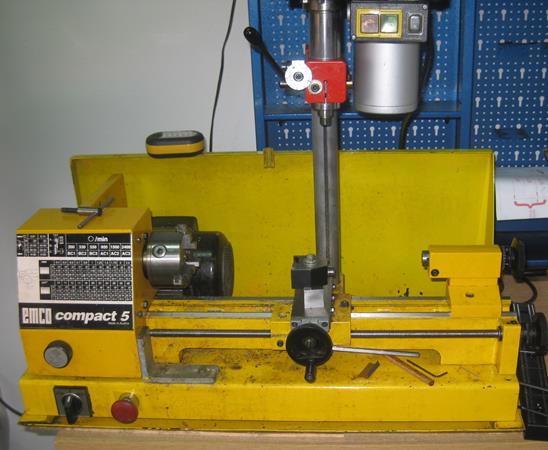
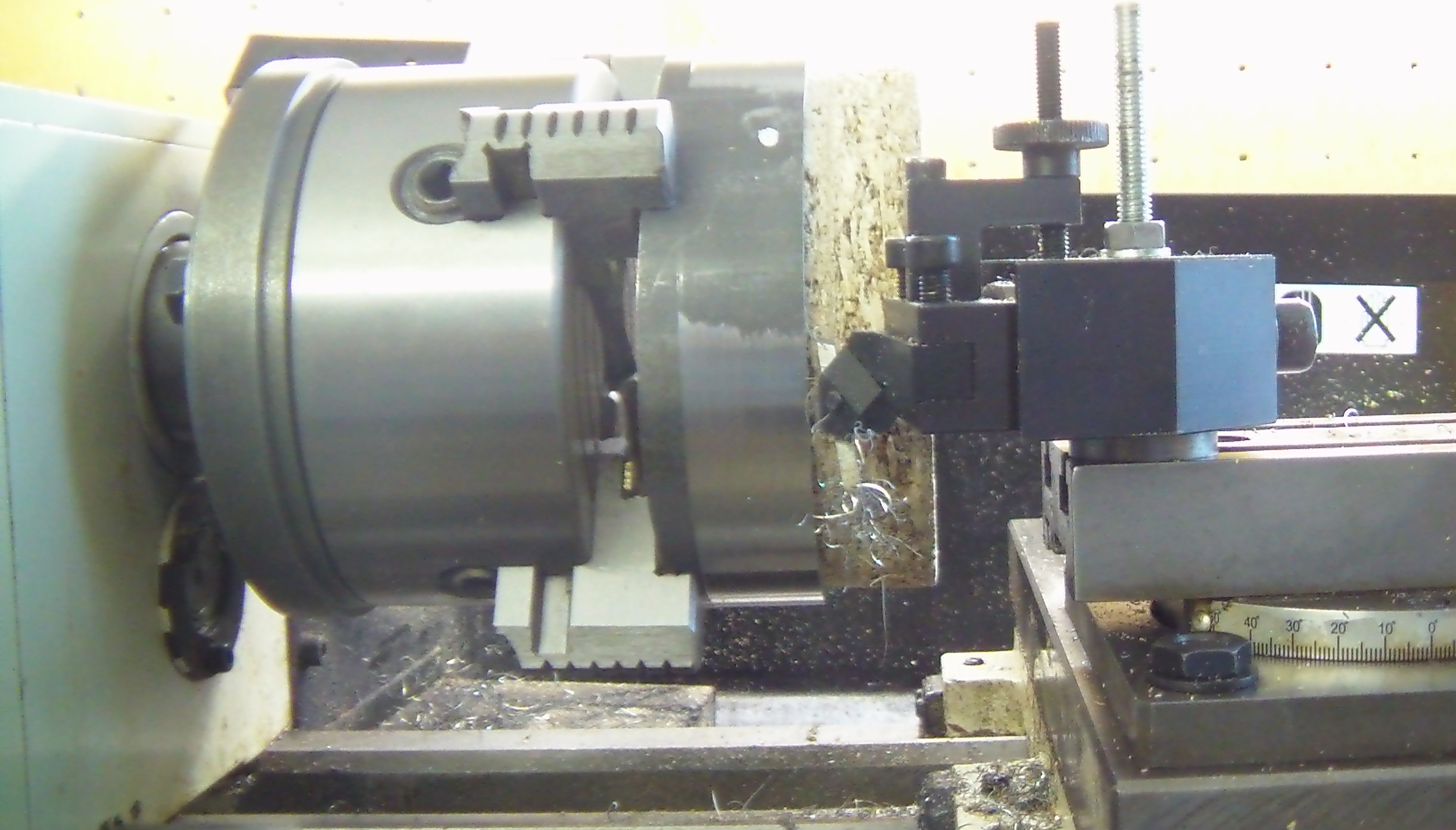
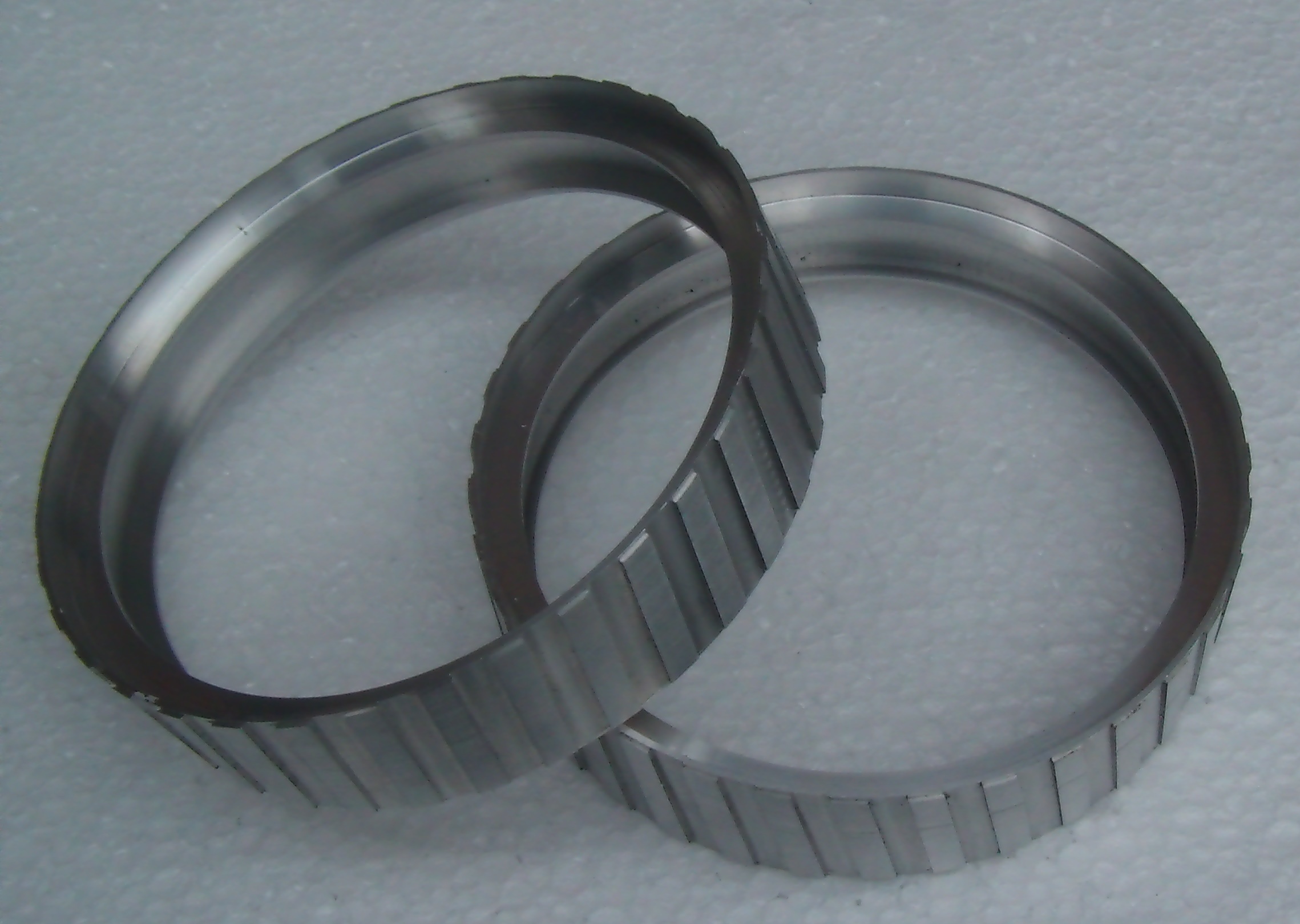
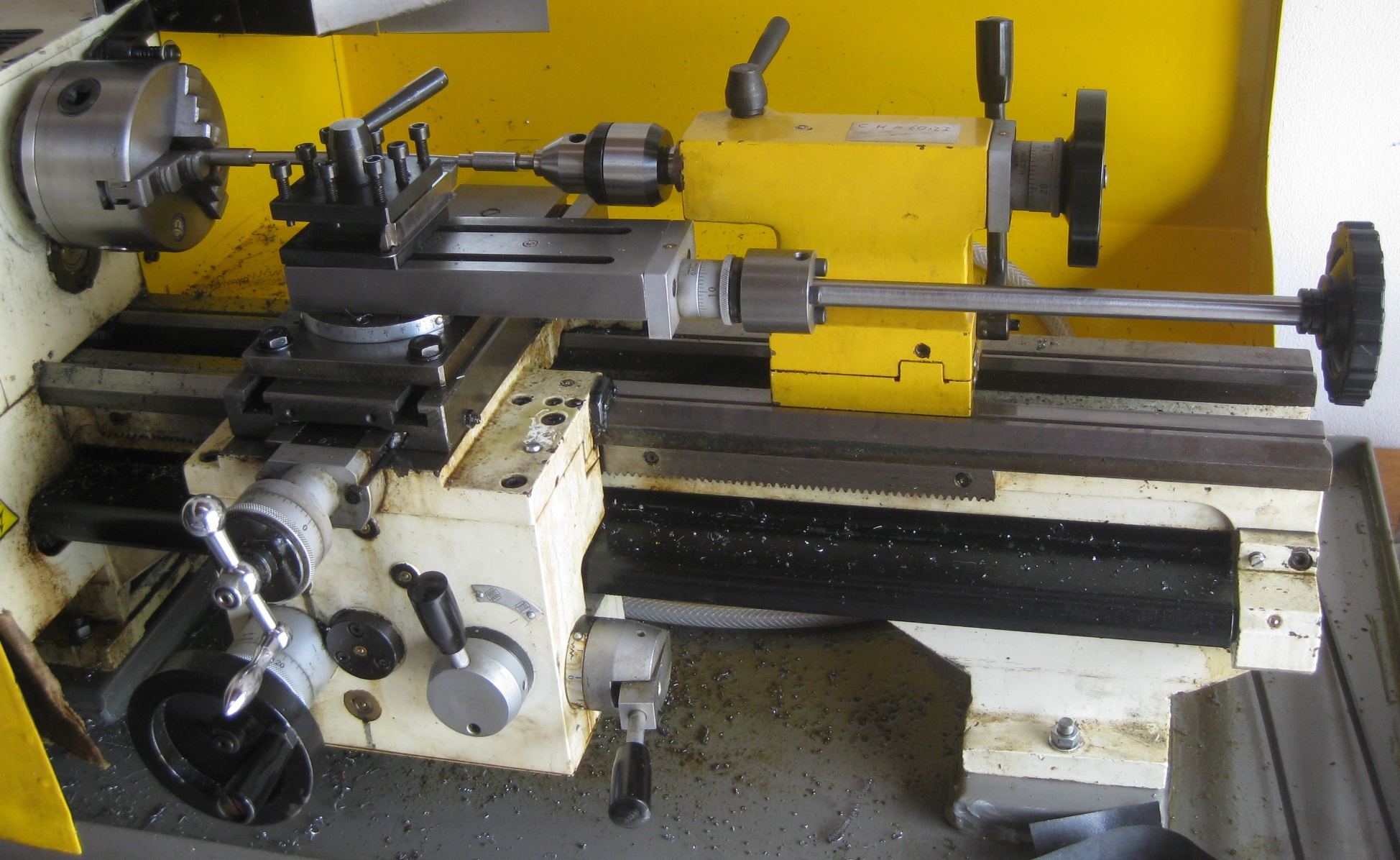
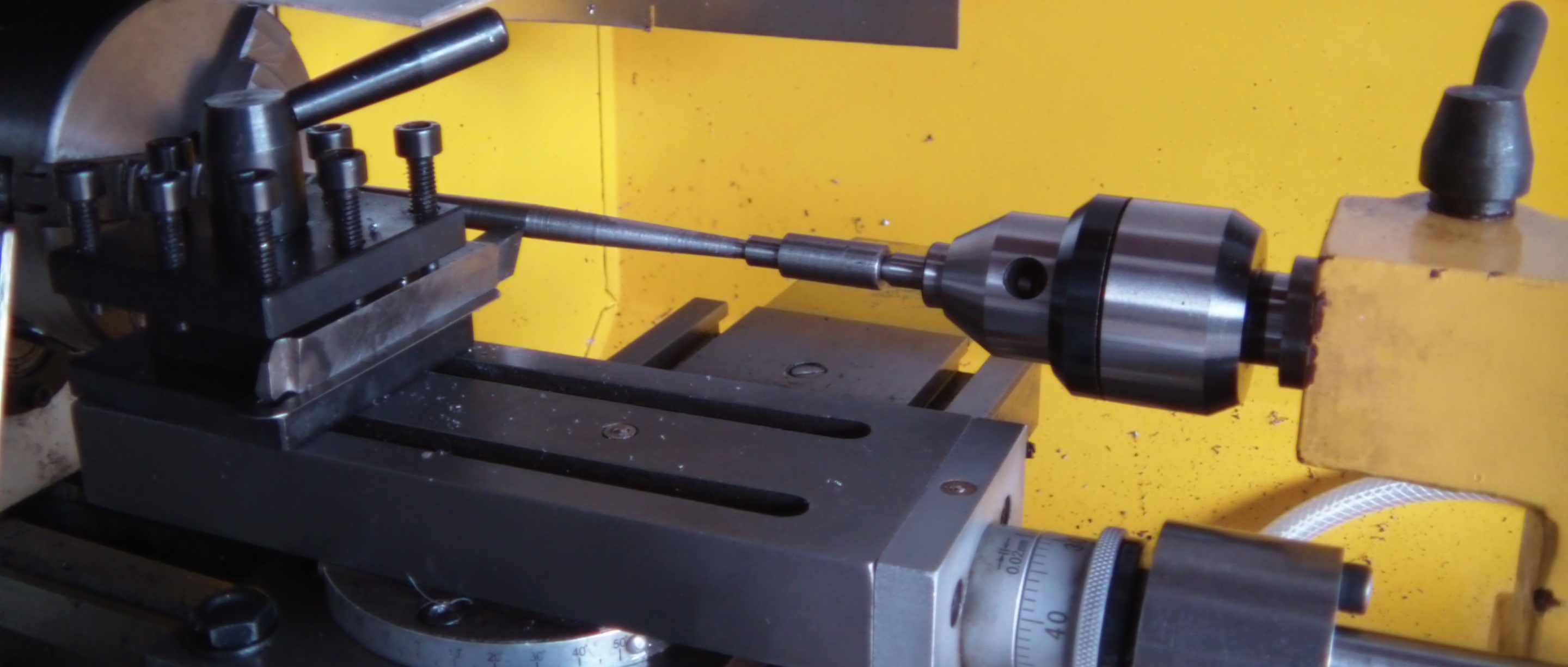

Dear Allan,
I too am heading towards retirement in a couple of years or so and am an academic in Univ Malaya in Science (theoretical and computational chemistry) holding a Malaysian passport. I think that before science can be practiced there are a host of other related conditions pertaining to time, the past and the passing on of learning experiences to the next generation and the community and all these ingrained cultural predilections are absent in the colonies , necolonies and other Third World countries. Here in UM they have closed down the workshops and glassblowing shops; how do you practise science without being able to make apparatus?
We have a very high global academic ranking despite the above scam.
In any case, in order to atone for the crimes of natives and to be free of complicity, I wish to learning the following:
1) basic machining (lathe and milling)
2) basic machine casting
3) lastly, some electronics and interfacing with computers for data acquisition with sensors.
Could you help me in various ways ; could I visit you from time to time and perhaps contribute to the work in your projects in exchange for the skills attained through your instructions?
I would like to recondition some old model aero diesel engines that have lost their compression, and perhaps make one glow and one diesel. By carrying out these activities, I would be in a better condition to understand how scientific thinking can be applied to solve real problems; not problems of an alien kind that does not require a skilled pair of hands coupled to a sensitive mind which our academics excell in.
Sincerely, Chris
ps: Sorry about your back. Due to an accident and the incompetence of our doctors, I have lost full mobility of my left hand at the shoulder.
Hi Chris and many thanks for your comment.
I can’t really comment further on your reason for wanting to learn the engineering skills, I was simply born an engineer and have been doing it since I was a child.
I am ready to help you where I can and you are welcome to visit occasionally. Would you be visiting from Thailand or from Malaysia?
(I have been to Malaysia by the way. Strange place – so many cultures mixed together)
Reconditioning and making model aero engines is easy. The process is well documented in many construction articles. With only one arm though I can understand you would have some additional challenges.
Perhaps I can put you in touch with a magazine called Model Engineer if you don’t know it.
http://www.model-engineer.co.uk/
Best Regards
Alan Brown